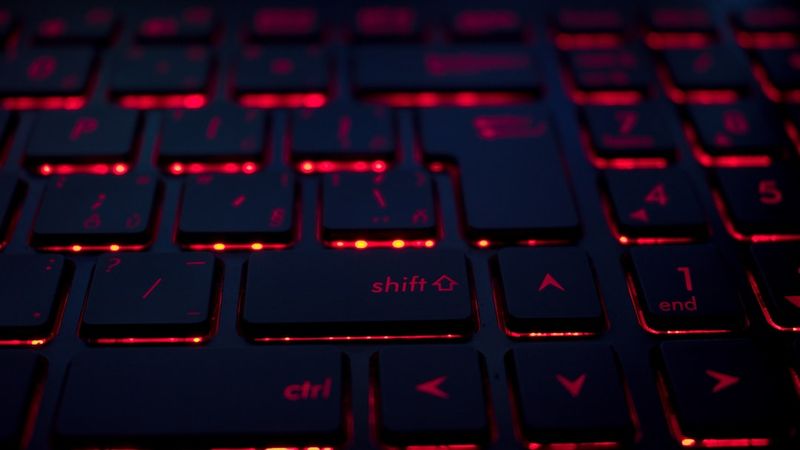The Rise of Cybercrime and the Role of Generative AI
Cybercrime has emerged as one of the fastest-growing entrepreneurial ventures worldwide. With the potential to surpass the GDP of many developed nations, it poses a significant threat to both businesses and individuals. The recent “Data Breach Investigations Report” by Verizon highlights the escalating cost of data breaches, with an average cost of $4.24 million per breach, an increase from $3.86 million in 2021. Ransomware attacks alone account for one out of every four breaches.
The growth of cybercrime was predictable, as criminals are quick to adopt new technologies and exploit vulnerabilities in the digital landscape. However, the rise of generative artificial intelligence (gen AI) has the potential to amplify present conditions. Cybercriminals are already leveraging AI to create sophisticated malware, deepfakes, disinformation campaigns, and even exploit new vulnerabilities. As with any technology, the positive applications of AI also necessitate proactive defense against potential misuse.
Guarding Against the Dark Side of AI
Companies at the forefront of AI development, particularly those working with large language models, are implementing policies to prevent unethical use of their technologies. However, it is important to recognize that even with robust guardrails, cybercriminals only need to be innovative enough to overcome existing defenses. This necessitates a constant innovation cycle in the cybersecurity industry.
Fortunately, cybersecurity companies are not idle in the face of this challenge. They are rapidly advancing AI technologies to mitigate risks and thwart the advancement of cybercrime. AI shows promise in cleaning up old, vulnerable codebases, detecting and defeating scams, continuous exposure management, and enhancing prevention efforts.
The Alignment of Concern and Opportunity: Regulation and Innovation
Historically, industry leaders have been wary of government regulations that might impede innovation. However, the landscape is evolving, and a rare alignment between regulation and innovation is emerging in the cybersecurity and AI sectors. Thought leaders, politicians, regulators, and executives in North America, Europe, and worldwide are actively engaging in the prospects and challenges posed by artificial intelligence.
Frameworks for risk management are being developed, policies and laws are rapidly taking shape. The National Institute of Standards and Technology (NIST) in the United States has released new guidance to cultivate trust in AI and promote innovation while mitigating risk. Similarly, the European Union Agency for Cybersecurity (ENISA) has proposed EU cybersecurity standards, and the Artificial Intelligence Act is expected to become law, exerting wide-ranging effects.
Changing Perceptions and the Importance of Security Culture
There is a notable shift in the way people perceive technology risk, as evidenced by studies and reports. Americans, for instance, express increasing concerns about the proliferation of AI. Worries range from economic displacement and job loss to existential threats associated with AI. This cultural shift highlights the need for industry and government to respond proactively to these concerns.
Building a culture of security is crucial in combating cybercrime effectively. Traditionally, cybersecurity has been viewed as the sole responsibility of IT departments, leading to a divide between cyber policy and actual practice. This divide has hampered efforts to align organizational priorities and risk management. To bridge this gap, there is a need for better education, awareness, and security culture throughout organizations.
The Role of AI and Urgency in Action
One of the critical factors in improving cybersecurity is the integration of artificial intelligence with human intelligence. Machine-speed AI can augment human capabilities and enable rapid strides in defending against cybercriminals. The Biden administration recognizes the importance of AI in bolstering cybersecurity and seeks to place more emphasis on those who can contribute most to these efforts.
Industry stakeholders have proposed a six-month pause on AI developments, presenting an opportunity to reassess and improve cybersecurity measures. With the rapidly changing social contract and the shift of responsibility for cybersecurity to those best equipped to address it, we have a chance to make significant progress. As Leonardo da Vinci once said, “Urgency in doing” is crucial in emerging victorious over cybercriminals.
Keywords: Technology-wordpress, AI advancements, cybercrime, innovation

<< photo by Daniel Josef >>
The image is for illustrative purposes only and does not depict the actual situation.
You might want to read !
- The Rise of the Hacktivists: Cult of the Dead Cow Pioneers ‘Privacy-First’ App Framework
- Raising Cybersecurity Awareness: Jericho Security Secures $3 Million for AI-Powered Training
- The Looming Threat: Analyzing the 670 ICS Vulnerabilities Revealed by CISA
- The Promising Prospects and Potential Pitfalls of Generative AI
- The Rise of Cyber Attacks: Massive Breach Targets Hundreds of Citrix NetScaler ADC and Gateway Servers
- Cloud Security Risks: Unveiling the Top Five Threats
- The Changing Landscape of Cybersecurity: A Look at July 2023’s M&A Activity
- The Future of Cybersecurity M&A: A Deep Dive into the 42 Deals of July 2023
- Unraveling the Puzzle: The Enigma of “Mysterious Team Bangladesh”




